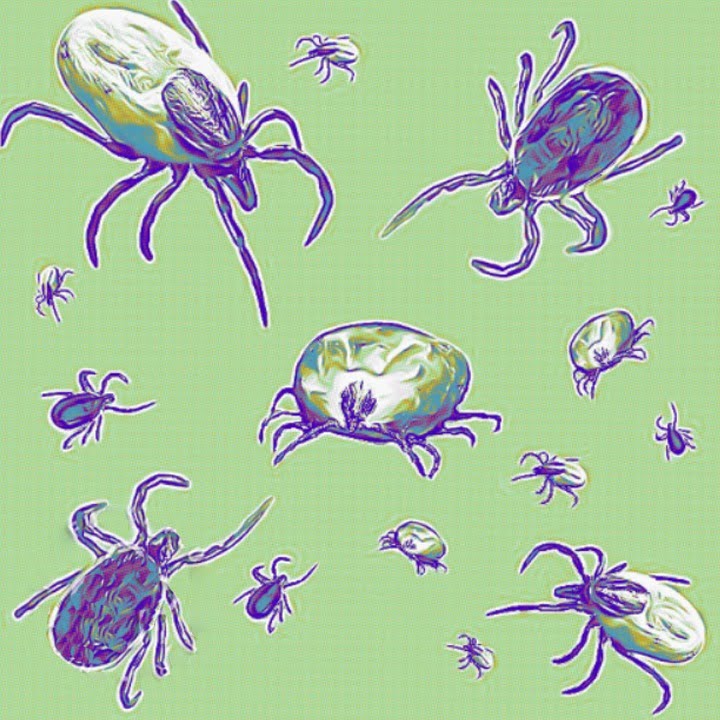Between global warming and the post-pandemic push to move to the suburbs, there has been a huge uptick in the number of tick-borne illnesses. Lyme, recently dubbed the fastest growing disease in the world, is a major concern primarily in the Northeast but there are a host of other tick-borne illnesses including 15 others such as Borrelia, Powassan, and Alpha-gal Syndrome. Bottom line: reduce the chance of infection by removing ticks fast and safely. Get detailed information, illustrations, and videos about how to check yourself, your family, and your pets for ticks, and how to remove them correctly, at TickEase.com.
1. Ticks only bite in the summer—False
Ticks are active year-round and found in all 50 states. Nymphal ticks are harder to see and are out in the spring and early summer. Cold weather does not kill them. They are mostly dormant but have been seen in February thanks to global warming.
2. Ticks only live in wooded areas, not the beach—False
Ticks also hide in bushes, ground cover, and beach grass.
3. You must live near deer to find deer ticks—False
Deer are not the only deer hosts. They feed on mice, birds, chipmunks, raccoons, squirrels, birds, and even reptiles. Ticks have been around for millions of years and have infected many food sources.
4. Ticks jump from trees or fly—False
No, ticks do not jump or fly but they do climb trees and hide in the bark. They usually stay closer to the ground waiting for prey, such as you or your pet.
5. You can feel a tick bite you—False
Untrue as ticks secrete a numbing agent before they bite. Fewer than 50 percent of Lyme patients recall being bitten.
6. Ticks can smell blood—False
Ticks can detect carbon dioxide, ammonia in sweat, and heat from potential hosts. Your breath is their favorite scent. No amount of insect repellent can detect you from 50 feet or more away.
7. Ticks must remain attached to you for 24-36 hours to transmit a disease—False
The length of time a tick stays attached depends on the tick species, tick life stage, and host response to the bite. The bottom line: You want to get rid of a tick as quickly as possible. An infected tick can transmit the deadly Powassan virus in a matter of minutes.
8. Best way to remove a tick is with a match—False
This is potentially dangerous and painful. Agitating the tick can put you at a higher risk of exposure. Other popular myths about removing ticks by smothering it with oil, butter, nail polish, nail polish remover, dish detergent, Vaseline, alcohol, or aftershave all pose the same risk as burning.
9. A tick head borrowed under your skin can transmit disease after you remove the body—False
Ticks don’t have heads. They have barbed mouth parts that can remain in the skin if the entire tick is not removed. These can cause skin inflammation or local infection.
10. Dispose of an embedded tick by flushing it down the toilet—False
There are several reasons not to flush it. It is best to save the tick and so it can tested if needed, and many states have free testing services. It’s helpful to know what type of tick bit you and what type of pathogens or parasites it is carrying.
11. If you get Lyme from a tick, a bullseye rash will appear—False
Less than 50% of Lyme disease patients ever find a bullseye rash or any rash at all. Rashes can present in many different ways. Some are red and some are pink. Some are big and blotchy or spotted.
12. If your blood test is negative, you have not been infected—False
There’s still no reliable blood test for tick-borne diseases. That’s why it’s so important to be vigilant about checking for ticks and removing them properly if you find one.






